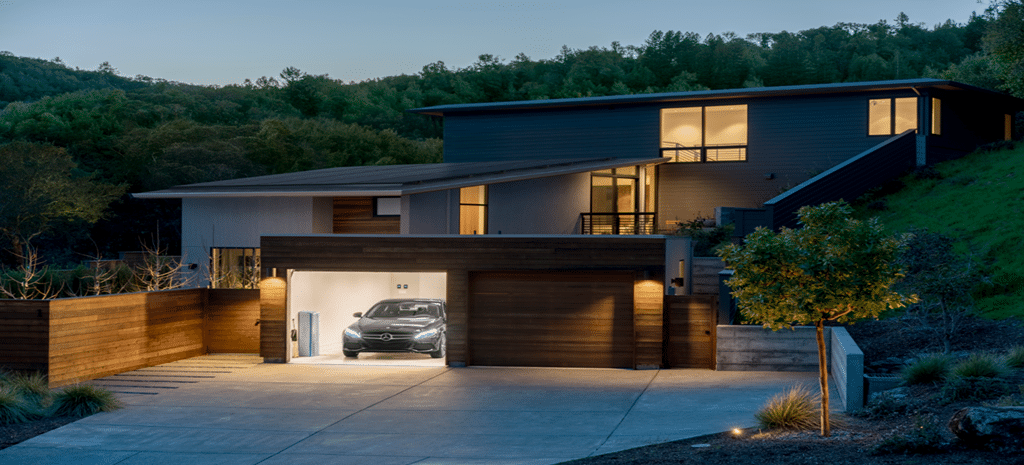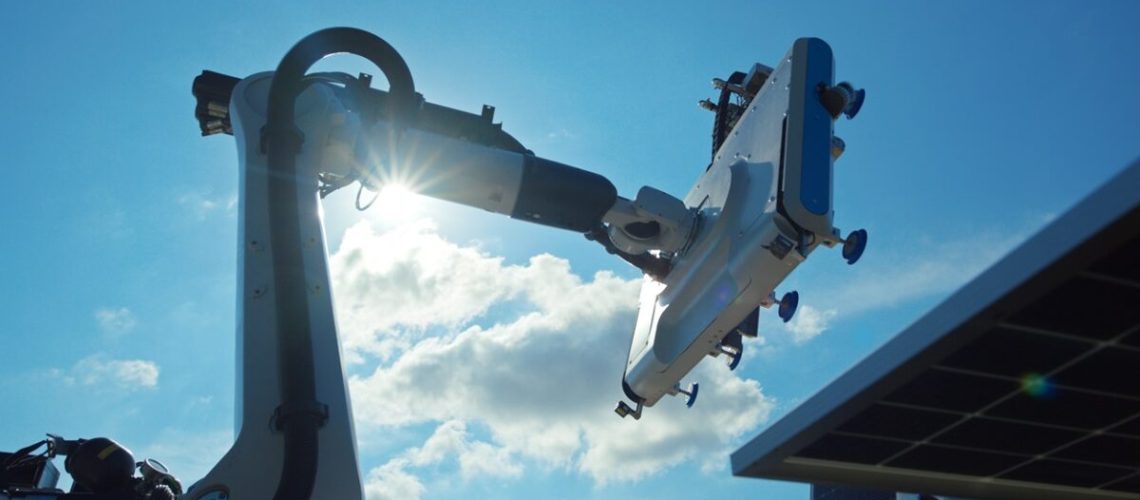Maximo the robot will soon help to construct the 2 GW Bellefield solar project in California.
The AES Corporation, a global power company with generation and distribution businesses, introduced a robot powered by artificial intelligence. Dubbed “Maximo”, the robot works alongside solar installation teams, helping to install solar panels half the time and half the cost of manual labor installations, said the company.
“Maximo is the first proven solar installation robot on the market,” said Andrés Gluski, AES president and CEO. “We are facing unprecedented increases in demand, driven in large part by the rise of AI and data centers, and innovations like these will be fundamental for accelerating our ability to bring projects online faster and with greater efficiency.”
Maximo can do the heavy lifting and can automatically place and attach panels, increasing safety and accuracy of installations.
To date, AES has used the robot to install nearly 10 MW of solar and the company expects to use Maximo to help build up to 5 GW of its solar backlog and pipeline over the next three years.
One of the projects that Maximo will soon be assisting on is the 2 GW Bellefield project in Kern County, California, a solar-plus-storage project for which Amazon is the offtaker.
“As society’s energy needs grow, the demand for new solar and wind projects are also increasing, requiring us to innovate so we can scale more quickly,” said Abhishek Sharma, director of AWS infrastructure and energy strategy. “We’re excited to collaborate with renewable energy developers like AES that are prioritizing the use of AI technologies that can help us move faster to a carbon-free energy future.”
Maximo makes use of computer vision for precise placement of the panels. It also learns as it goes, which the company says improves performance and efficiency. The robot is said to perform in a range of climates and lighting conditions and has been validated in the field across a variety of U.S. project sites.
Automation of heavy lifting and precision tasks may become more commonplace in an industry already suffering from a shortage of workers. A report by the Interstate Renewable Energy Council (IREC) noted that the solar industry expects total U.S. installations will grow from 141 GW in 2022 to over 700 GW in 2033. The Solar Energy Industries Association predicts the total number of solar jobs could reach 538,000 by 2032. The IREC report noted that in 2022, 44% of solar industry employers said it was “very difficult” to find qualified applicants—the highest such percentage ever recorded in the Solar Jobs Census, and likely to continue with the escalation of installations.
Maximo is not the first robot to assist in solar installations. Last year, for example, Terabase Energy completed its first installation using Terafab, an automated utility-scale solar installation platform. The Terafab system uses digital twins, logistics software, an on-site digital command center, a field-deployed automated assembly line, and installation rovers that can operate 24/7. Terabase reported that in its first installation, labor productivity improved 25% when compared with manual installation.
Popular content




